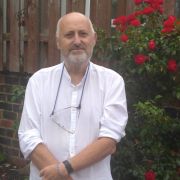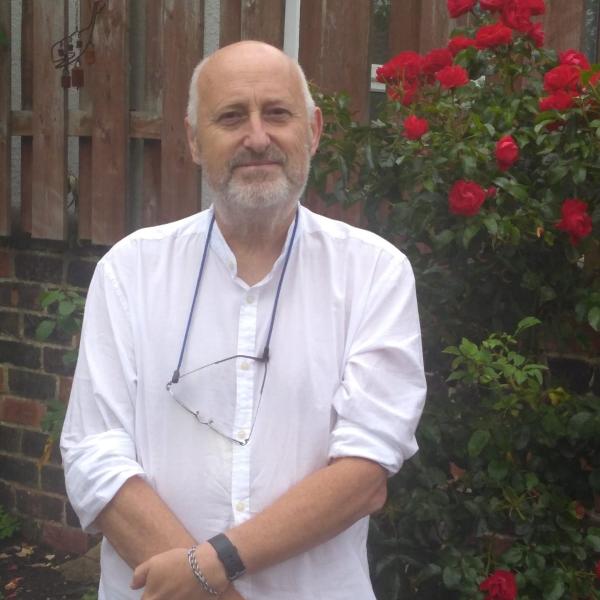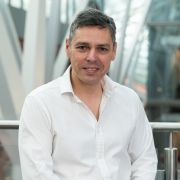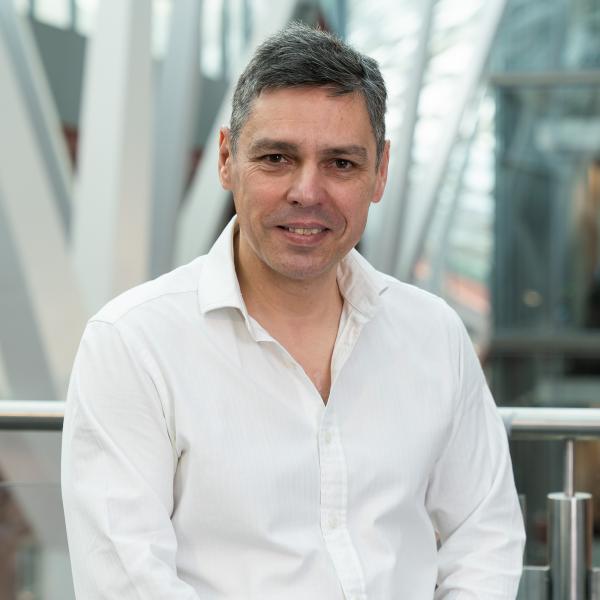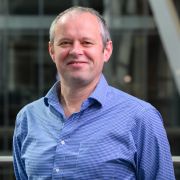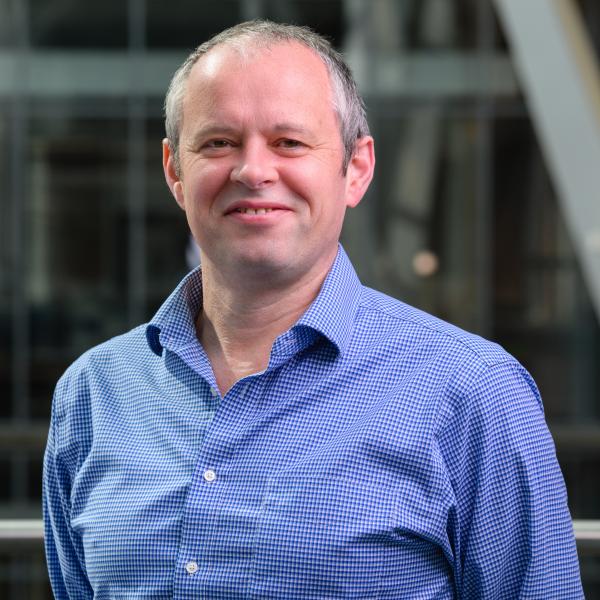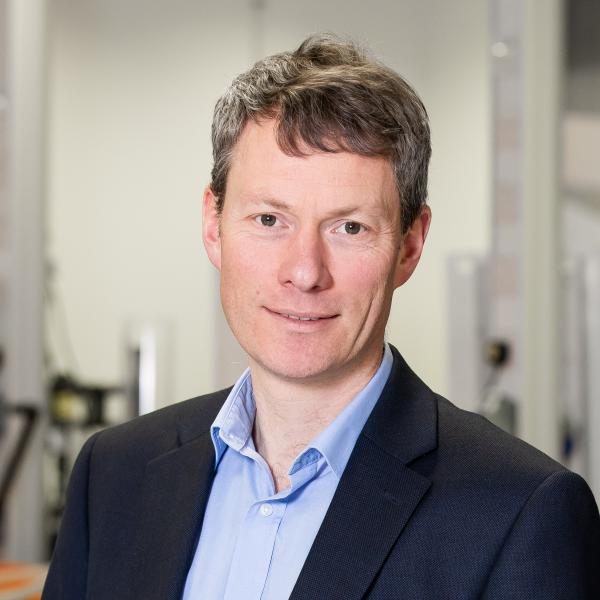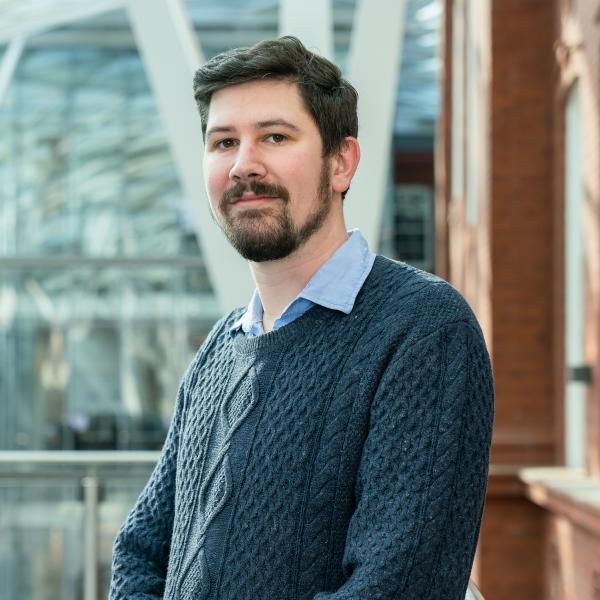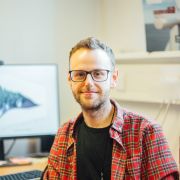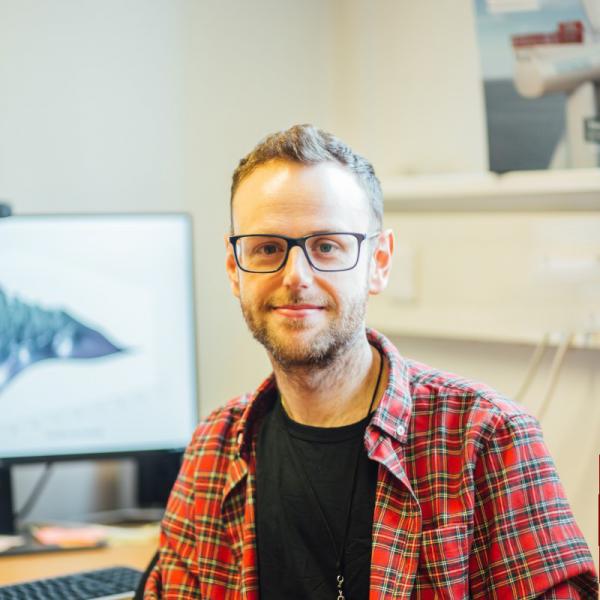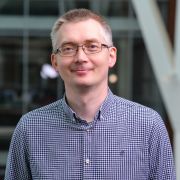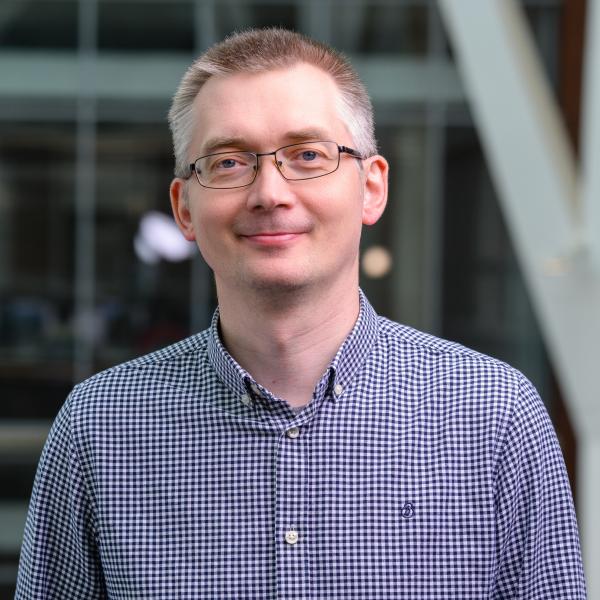Dynamics
Our main areas of research are nonlinear dynamics, structural health monitoring, active and passive noise and vibration control, smart materials and structures and acoustics.

Nonlinear Structural Dynamics
In the field of nonlinear dynamics, the main area of research is concerned with nonlinear system identification, currently centred on Bayesian methods, machine learning and optimisation-based approaches.
Other areas of recent work include nonlinear normal modes and using normal form transformations to investigate the dynamic behaviour of coupled nonlinear oscillator systems.
Digital twins
The Dynamics Research Group has developed new research that studies the application of digital twins to dynamics applications. This work has focused on building digital twins that include robust verification and validation processes. In particular, uncertainty quantification, and the construction of data-based models have been developed in this domain.
The group has recently led an EPSRC Programme Grant consortium on ''Digital Twins for improved Dynamic Design (DigiTwin)", involving six universities and ten industrial partners.
Structural Health Monitoring
Our research into Structural Health Monitoring (SHM) is mostly focused on machine learning and pattern recognition methods - an approach pioneered in Sheffield in collaboration with colleagues from Los Alamos National Laboratory in the US.
Both vibration-based and ultrasonic SHM methods are pursued within the group and the dominant applications are currently to civil infrastructure (mainly bridges) and aerospace structures. Experimental verification and validation is a strong element of the SHM work.
Many of the machine learning algorithms are based on biologically inspired ideas, such as artificial neural networks and evolutionary algorithms.
The group develops new solutions for the inspection of underground pipes, which include novel methods of robotic sensing.
Active and Passive Vibration Control
In terms of active and passive vibration control, our main efforts have been in the development of novel material damping technologies and for many years the group hosted a Rolls-Royce UTC on the subject.
Technologies developed and extended within the group – like particle dampers – have been successfully adopted by the aerospace industry. The results of our research on the acoustics of poroelastic materials are used by manufacturers of noise and vibration control solutions.
The group also has expertise in active control applied to manufacturing processes eg in the mitigation of 'chatter', a notoriously destructive problem of excessive vibration that can occur in cutting operations. Recent developments in the area of vibration control have successfully incorporated 'hardware-in-the-loop' concepts.
In the area of smart materials, the group has considerable expertise in piezoelectric actuation, shape memory alloys, Electro- and Magneto-Rheological (ER and MR fluids) and acoustic metamaterials.
Applications include automotive and railway damping systems, biomechanical systems and industrial noise control. In recent years the MR fluid technology proved very successful in developing mountain bicycle dampers.
Explore our specific areas of expertise
Acoustics
The group has an excellent set of complimentary expertise in theoretical, computational and experimental acoustics, signal processing and sensor design.
Current research activities include the development of autonomous acoustic sensors for the water industry, novel materials for noise control, porous media, meta-material structures with unusual acoustical properties and ultrasonic sensing methods of inspection for steel.
The group has an excellent track record in working with non-academic partners on the dissemination and commercialisation of the results of their acoustics-related research. It leads the EPSRC UK Acoustics Network with over 1,000 members.
Examples of outputs from acoustics related research

